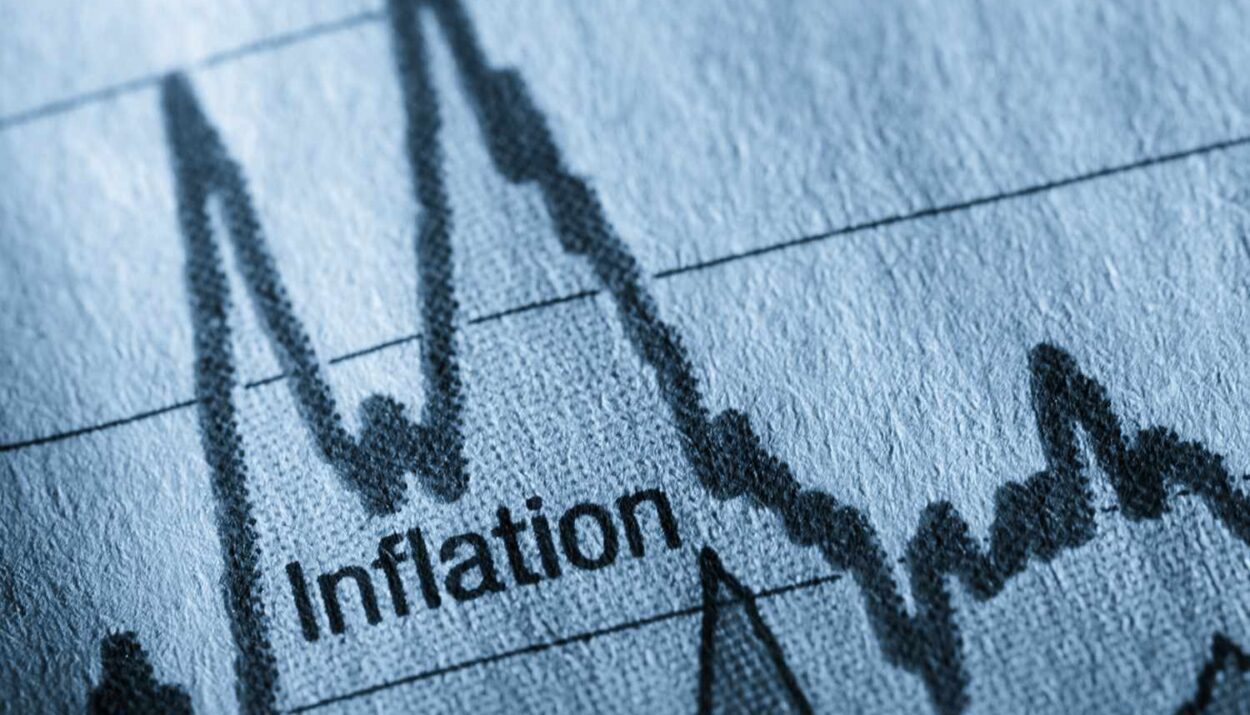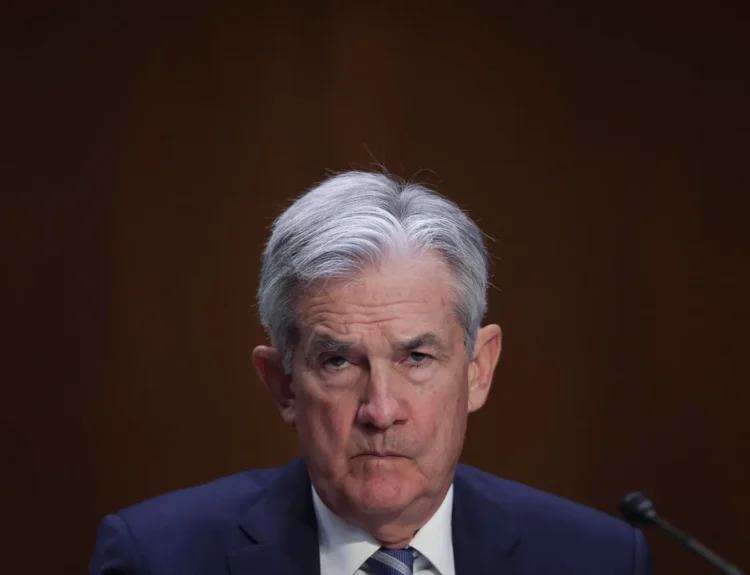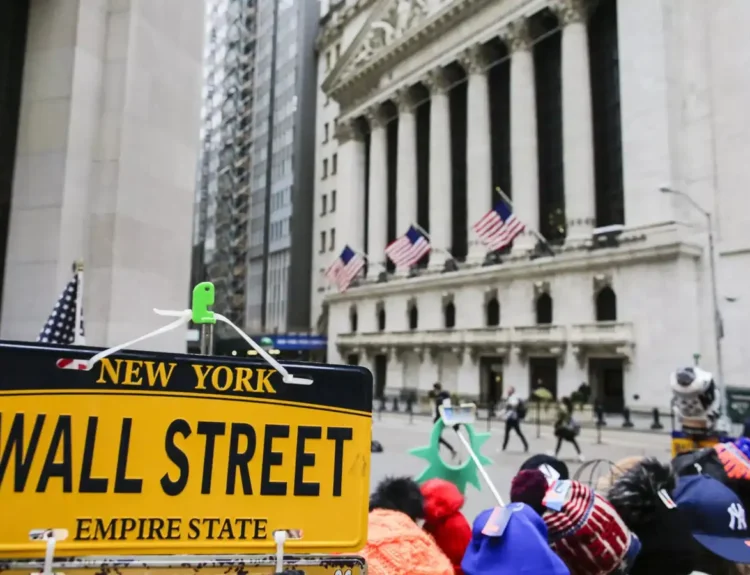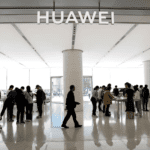For decades, the 2% inflation target has been a foundational pillar of global monetary policy. Central banks like the U.S. Federal Reserve, the European Central Bank (ECB), and others adopted this target believing that stable, low inflation would promote sustainable economic growth and preserve financial stability.
But today’s world looks very different from when this standard was first set. In an environment marked by supply chain disruptions, ballooning public debt, climate transitions, and geopolitical instability, many are now asking: Is 2% inflation still the right goal?
Let’s dive into the history, the challenges ahead, alternative strategies, and what it all means for investors and markets in the future.
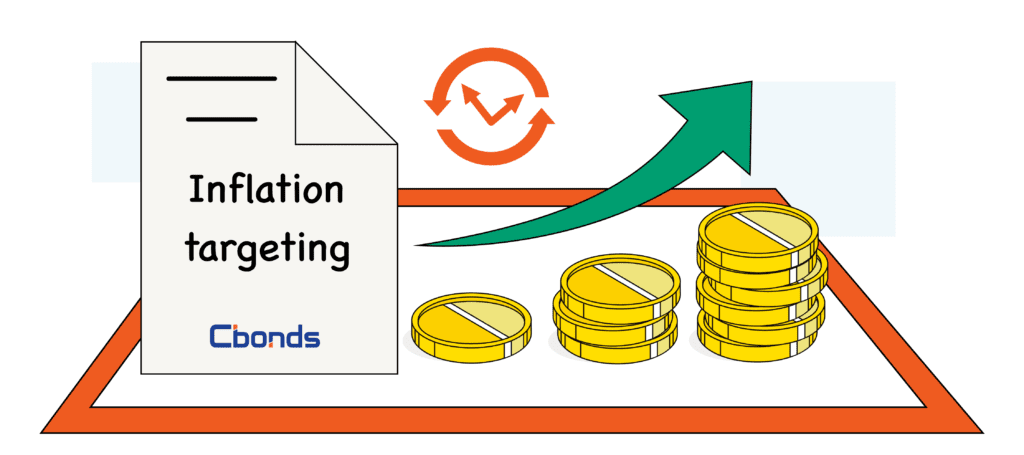

The Origins of the 2% Inflation Target
The idea of a 2% inflation target first gained traction when New Zealand’s central bank formally adopted it in 1990. The logic was straightforward:
- Too-low inflation or deflation (negative inflation) could stall spending and investment.
- Too-high inflation could erode purchasing power and destabilize economies.
Aiming for 2% created a balance: a buffer against deflation while keeping prices relatively stable. Over the next 30 years, other major economies — including the U.S., Canada, the UK, and the ECB — followed suit. And for a long time, it worked: inflation remained low, growth was steady, and inflation expectations were anchored.
From 1990 to 2020, inflation in advanced economies consistently hovered around 2%, with central banks gaining credibility for maintaining price stability.
Why the 2% Target Is Being Challenged Today
The economic landscape of the 2020s looks nothing like that of the 1990s. Several structural shifts are making it much harder to maintain 2% inflation:
- Supply Chain Turbulence: COVID-19 and global tensions disrupted manufacturing and shipping worldwide. At one point in 2021, shipping costs jumped over 600% compared to pre-pandemic levels, fueling price surges across industries.
- Exploding Public Debt: Government debt has soared. The U.S. debt-to-GDP ratio surpassed 120% in 2023. High debt loads make it politically and economically difficult to aggressively raise interest rates to fight inflation.
- Green Energy Transition: As the world shifts toward renewable energy, key raw materials like lithium, cobalt, and copper are facing price booms. Lithium alone saw a 400% price increase in 2022.
- Demographic Shifts: Aging populations in the U.S., Europe, Japan, and China mean fewer workers, slower productivity growth, and rising healthcare and pension costs.
- Geopolitical Risks: Fragmentation in global trade — known as “deglobalization” — could keep supply costs high and limit economic efficiencies achieved through globalization.
Given these factors, hitting and sustaining 2% inflation may no longer be realistic.
Alternatives to the 2% Inflation Target
If the old playbook no longer fits, what options do central banks have? Here are some of the most discussed alternatives:
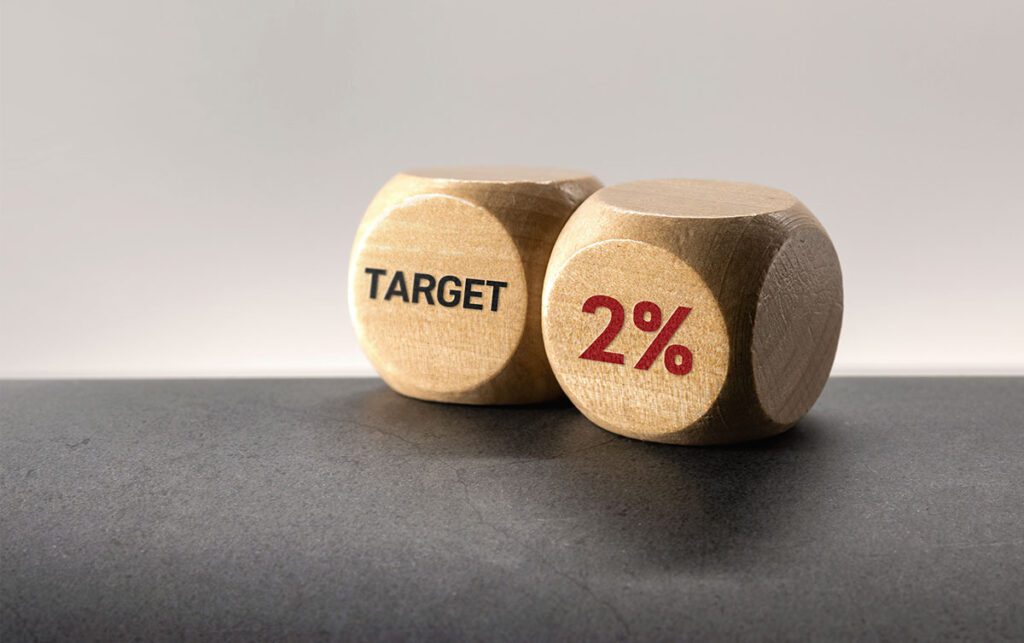

1. Higher Inflation Target (3-4%)
Instead of rigidly sticking to 2%, some economists propose setting the target closer to 3% or even 4%. Historically, moderate inflation (around 3%) during the 1960s coincided with robust economic expansion.
Pro: Provides more flexibility during shocks like pandemics or oil crises.
Con: Risks unanchoring inflation expectations if not managed well.
2. Average Inflation Targeting (AIT)
Rather than targeting 2% each year, AIT focuses on hitting a 2% average over time. This allows inflation to run “hot” for periods to make up for previous shortfalls — a strategy the Fed officially adopted in 2020.
Pro: Helps manage periods of undershooting inflation.
Con: Can confuse markets if not communicated clearly.
3. Nominal GDP Targeting
Instead of solely targeting inflation, central banks could aim for consistent nominal GDP growth (real GDP plus inflation), say 4–5% annually. This would inherently balance inflation with economic growth.
Pro: Responds more dynamically to both supply and demand shocks.
Con: Difficult to set credible, clear expectations.
What Changing Inflation Targets Could Mean for Markets
A shift in inflation targeting would ripple across asset classes:
- Persistent Inflation: Accepting higher inflation would erode purchasing power faster. If inflation averages 3-4% over the next decade, cash savings could lose about 30% of their real value.
- Bond Market Volatility: Higher inflation expectations typically push yields up and bond prices down. A move from a 10-year Treasury yield of 4% to 5% would significantly dent bond portfolios.
- Equities and Sectors: Companies with strong pricing power — especially in healthcare, energy, and materials — would likely outperform. Historically, during the high inflation 1970s, energy stocks delivered 10%+ annual returns.
- Gold and Real Assets: Real assets like gold, commodities, and real estate tend to shine during inflationary periods. Gold, for instance, surged over 1,600% between 1970 and 1980.
- Currency Dynamics: Higher inflation tolerance could weaken certain currencies, creating opportunities for international diversification into stronger ones like the Swiss franc or Singapore dollar.
What the Future May Look Like
Here’s my take on how monetary policy will evolve:
– Flexible Inflation Bands: Rather than a strict 2% target, central banks may operate with flexible bands, informally tolerating 2–4% inflation to balance debt pressures and growth needs.
– More Data-Driven Decision-Making
Expect central banks to react more to real-time inflation and employment data, adjusting policies faster and more frequently.
– Higher Market Volatility: Markets will likely remain choppier, with the VIX volatility index possibly averaging above 20 for the next few years (versus a 15–16 average pre-pandemic).
– Real Asset Outperformance: As inflation expectations rise, commodities, real estate, and energy stocks will likely outperform traditional bonds and low-growth equities.
– Regional Divergences: Some economies will adapt better than others. Watch for rising divergence between economies that manage inflation flexibly and those that cling rigidly to outdated targets.
Adaptability Will Be the Key to Thriving: Inflation targeting has been a powerful tool for stability, but the world has shifted.
Central banks, investors, and businesses will need more flexibility, faster responses, and broader toolkits to navigate an era shaped by supply disruptions, deglobalization, and rising debt.
In this new landscape, those who adapt quickest — diversifying into real assets, adjusting for rising inflation expectations, and staying nimble — will thrive.
Disclosure: This article does not represent investment advice. The content and materials featured on this page are for educational purposes only.Source: Macro Mornings
Sources:
European Central Bank (ECB) – Review of the ECB’s Monetary Policy Strategy
Bank of England – 2% Inflation Target Explained
World Bank – Global Economic Prospects 2025
OECD – Inflation, Interest Rates, and Growth Outlook (2025)
Related:
Dollar Role in Global Economy: Analyzing US dollar future’s reserve currency status
The Dot-com bubble burst: How irrational exuberance led to tech stock collapse
Energy Transition and Its Macro Impact
Collapse of Enron (2001) – How corporate fraud reshaped corporate governance


